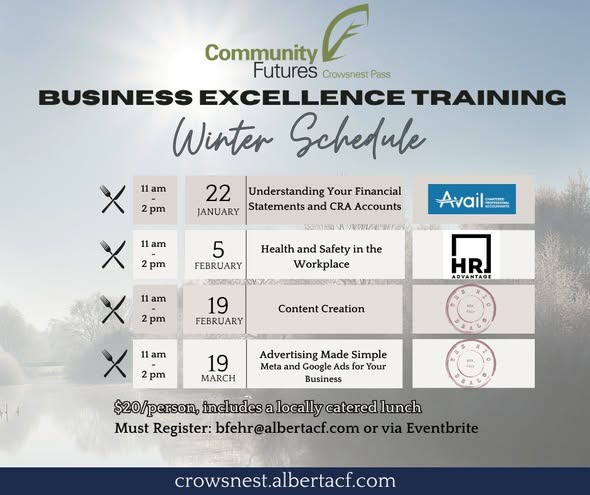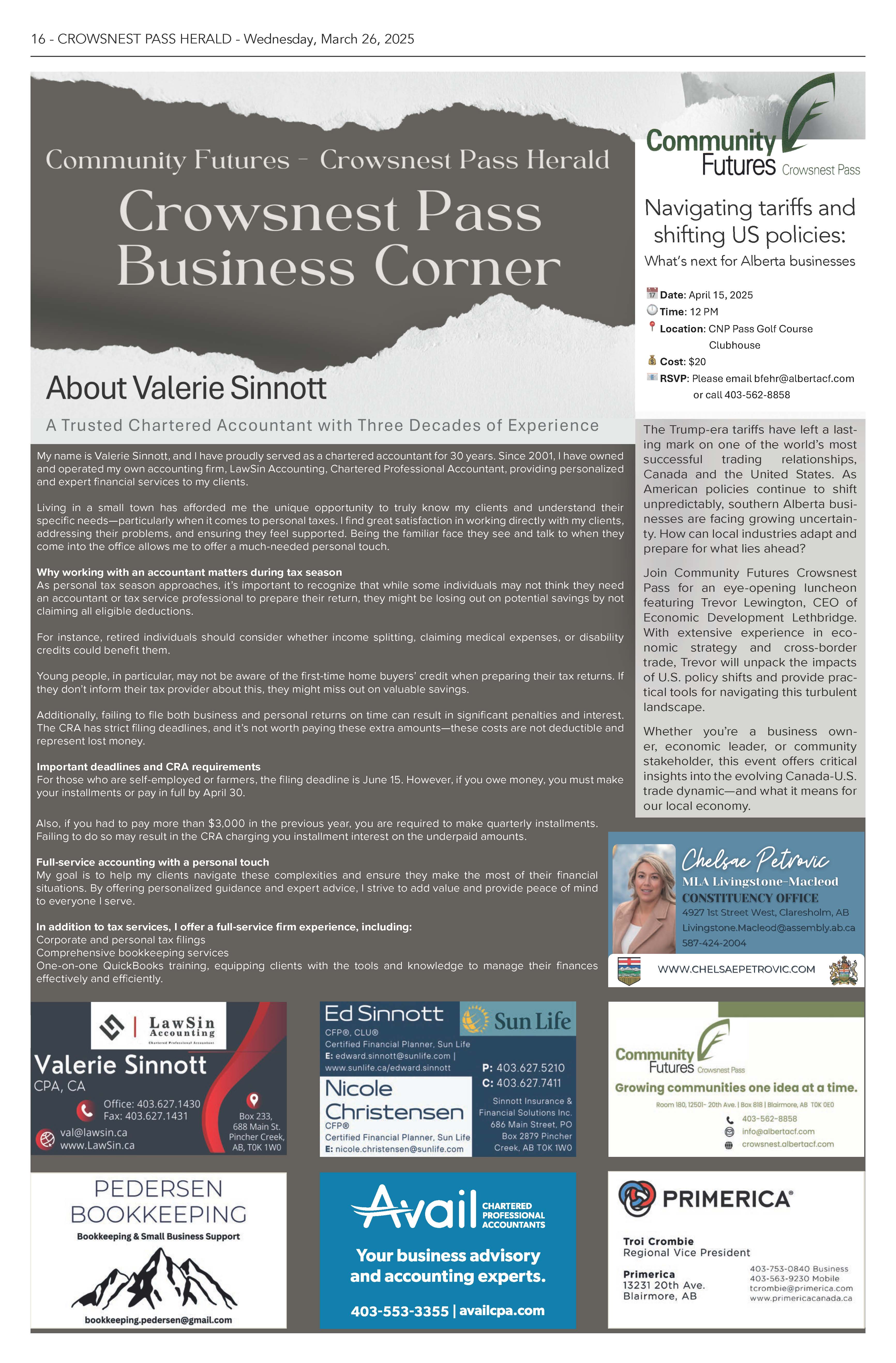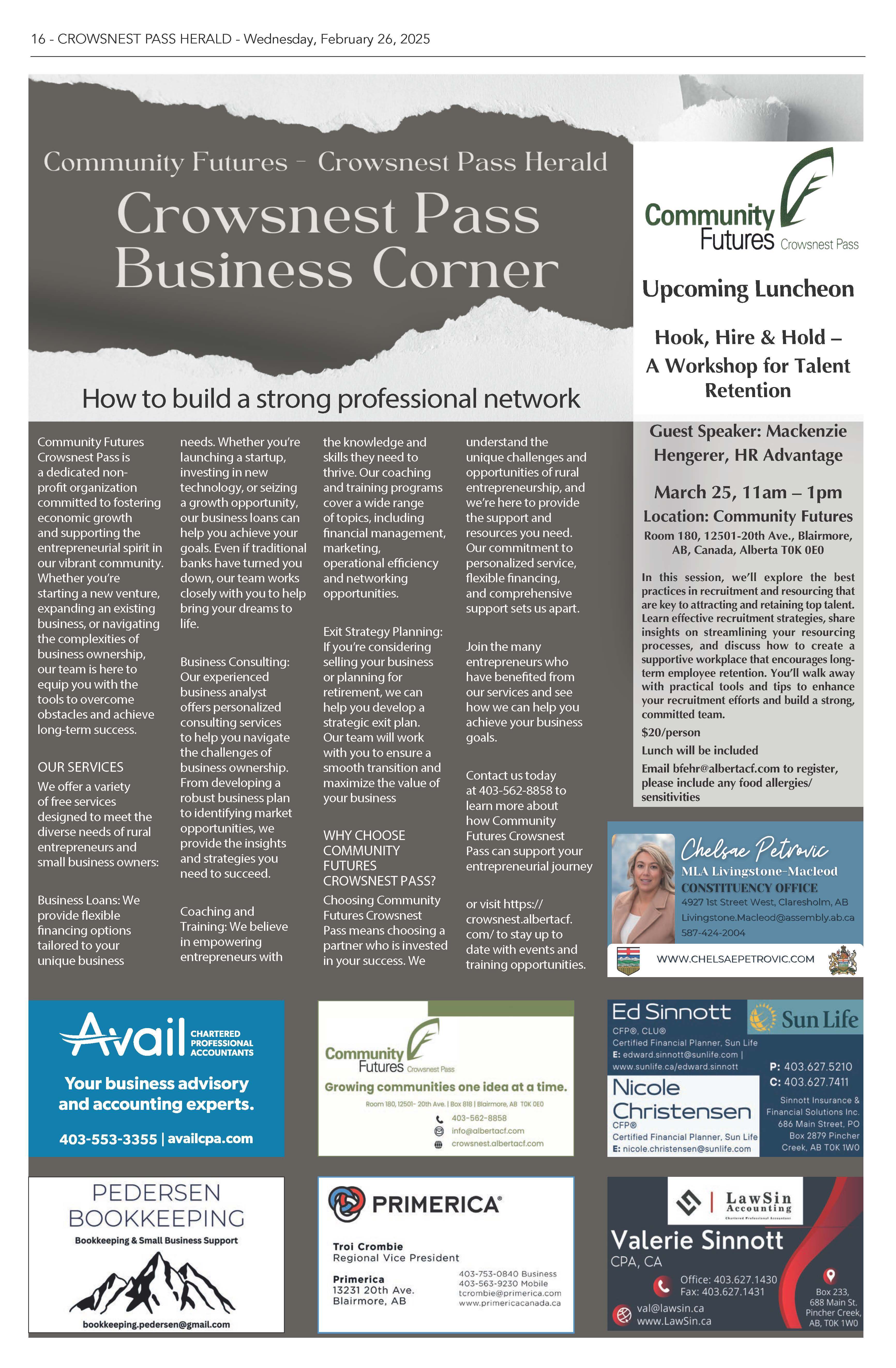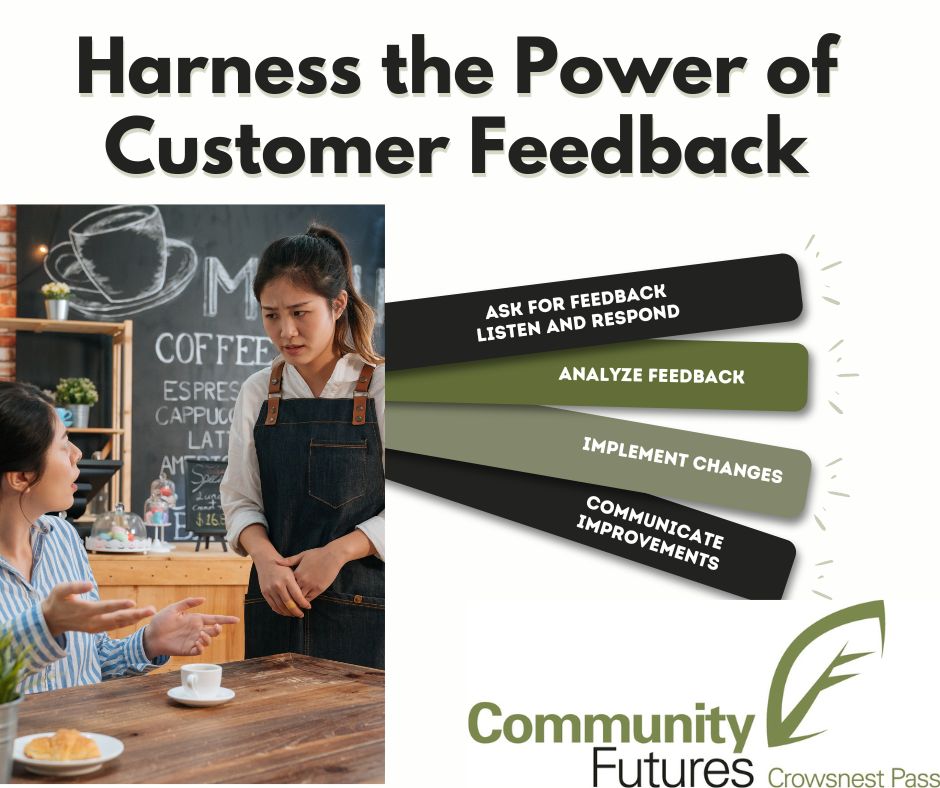
Community Futures Crowsnest Pass congratulates our board member Fred Bradley on receiving the King Charles III Coronation Medal from the Hon. Scott Tanas, Senator at a presentation ceremony in the Senate Chamber of Canada in Ottawa on March 26th, 2025, in “recognition of his service, commitment and unwavering dedication to Canada, Alberta and his community.”
We want to take this opportunity to personally thank Fred Bradley for his service to the Crowsnest Pass Community, specifically his contributions to Community Futures Crowsnest Pass.
Individuals in the photo are L to R, Hon. Rod Black, Senator; Fred Bradley, recipient; Hon. Scott Tannas, Senator; J. Greg Peters, Usher of the Black Rod.












